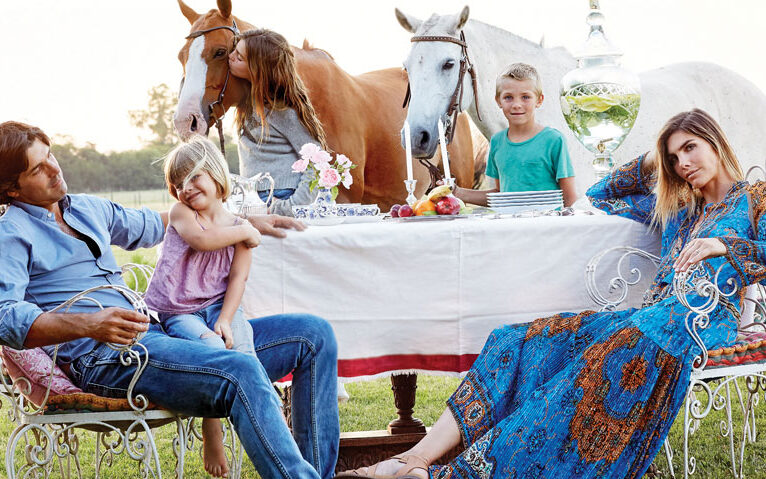PHOTOS BY Tony Mateu/Unidad Editorial
Published in the October/November 2017 issue.
Nacho Figueras is damp and apologetic as he bows elegantly over my hand. He is very, very sorry to have kept me waiting. I can’t say I mind that much. He has overslept, but then the Carlyle is a particuarly luxurious Manhattan hotel. He sits down and pours me a cup of coffee from the silver pot on the table. His manners are exceptionally fine.

I’ve heard from various mutual acquaintances that Nacho Figueras, the most famous polo player in the world, is a supernice guy, and it’s immediately apparent why he gets such good reviews. Although he has been prised from his comfortable bed at an indecent hour, he gives the appearance of being a man who’s delighted to be speaking to a journalist—even before he’s had his first sip of mate, the traditional caffeine-rich drink of Argentina.
Shortly after we’re seated, Nacho’s wife Delfina joins us at the table. She has also overslept and is deeply apologetic. I get the strong impression that she rivals her husband in niceness. She produces a small plastic bag and a silver straw. They’ve forgotten the proper cup, Delfina explains, but Nacho must have his mate. She empties the contents of the bag into a coffee cup, adds hot water and passes the cup and straw to her husband. I get another impression; these two make quite a team.
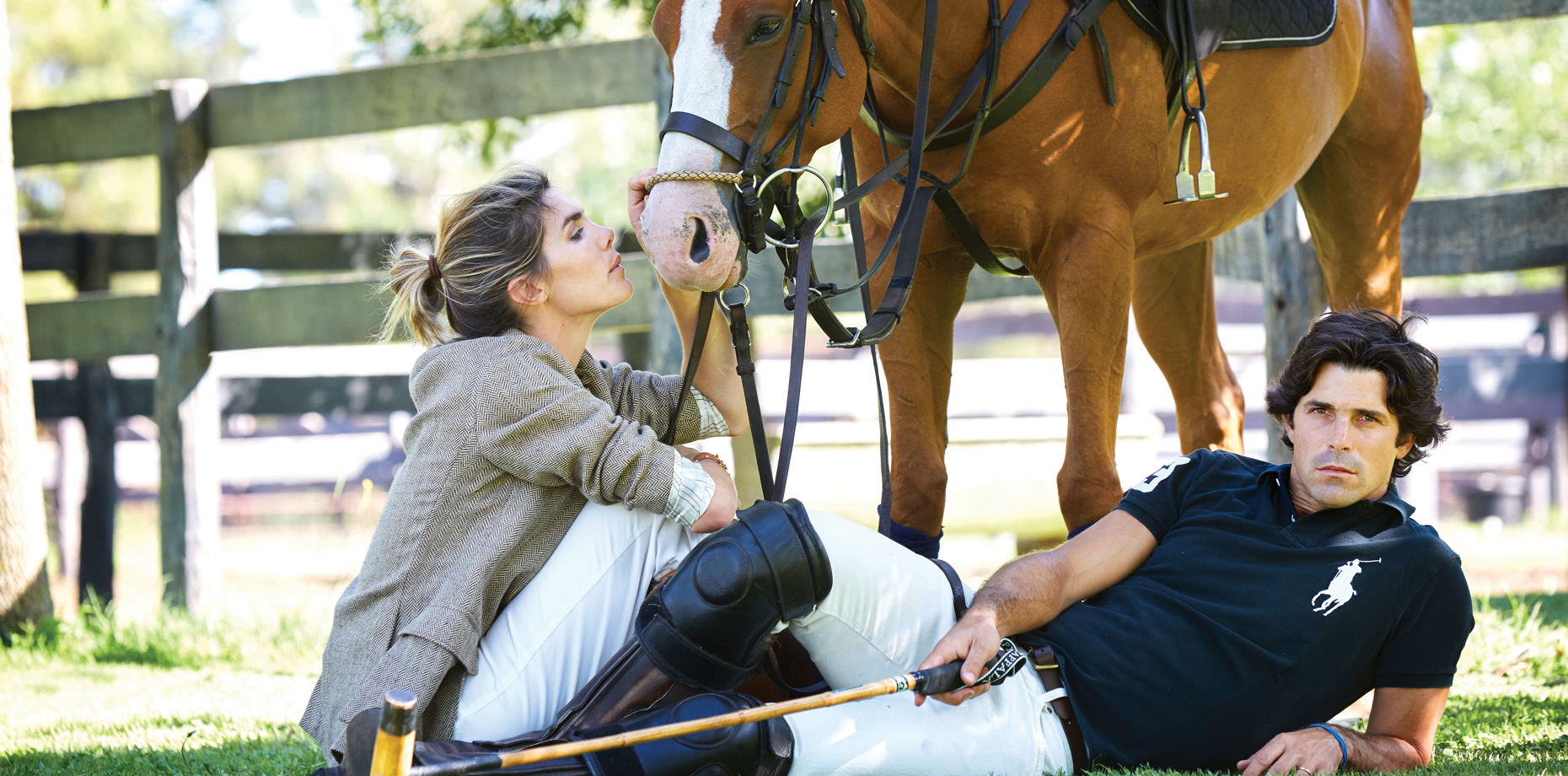
and Delfina Blaquier,
his wife of 19 years.
Figueras is in New York City for the 10th Annual Veuve Clicquot Polo Classic, and he’s had a busy week. He’s tossed out the first pitch at Yankee Stadium, thrown the switch at the Empire State Building (which is being lit in Veuve Clicquot yellow), and done the requisite rounds of press appearances. He has even ridden a polo pony in front of the World Trade Center. The polo classic, which is held every year at the beginning of June, is one of the highlights of the city’s summer social season. He’s visibly excited when I ask him to tell me more about the history of the match and his relationship with Veuve Clicquot.
“We started in 2008,” Nacho begins, “and the idea was to bring polo back to New York City. We found out that polo had been played on Governor’s Island for the last time in the early ‘40s. Veuve Clicquot and I had the idea of bringing polo back there. In 2008 there was a game with 250 guests, a small tent with a little lunch, and that was the original one. The person in charge thought it was a great concept and loved it, so we thought about how we could really make it bigger. We decided to invite Prince Harry to play, which was an entirely new level of event, and we benefited his charity, Sentabale. The first year Harry played, we had 6,000 people show up, and 12,000 the second year.”
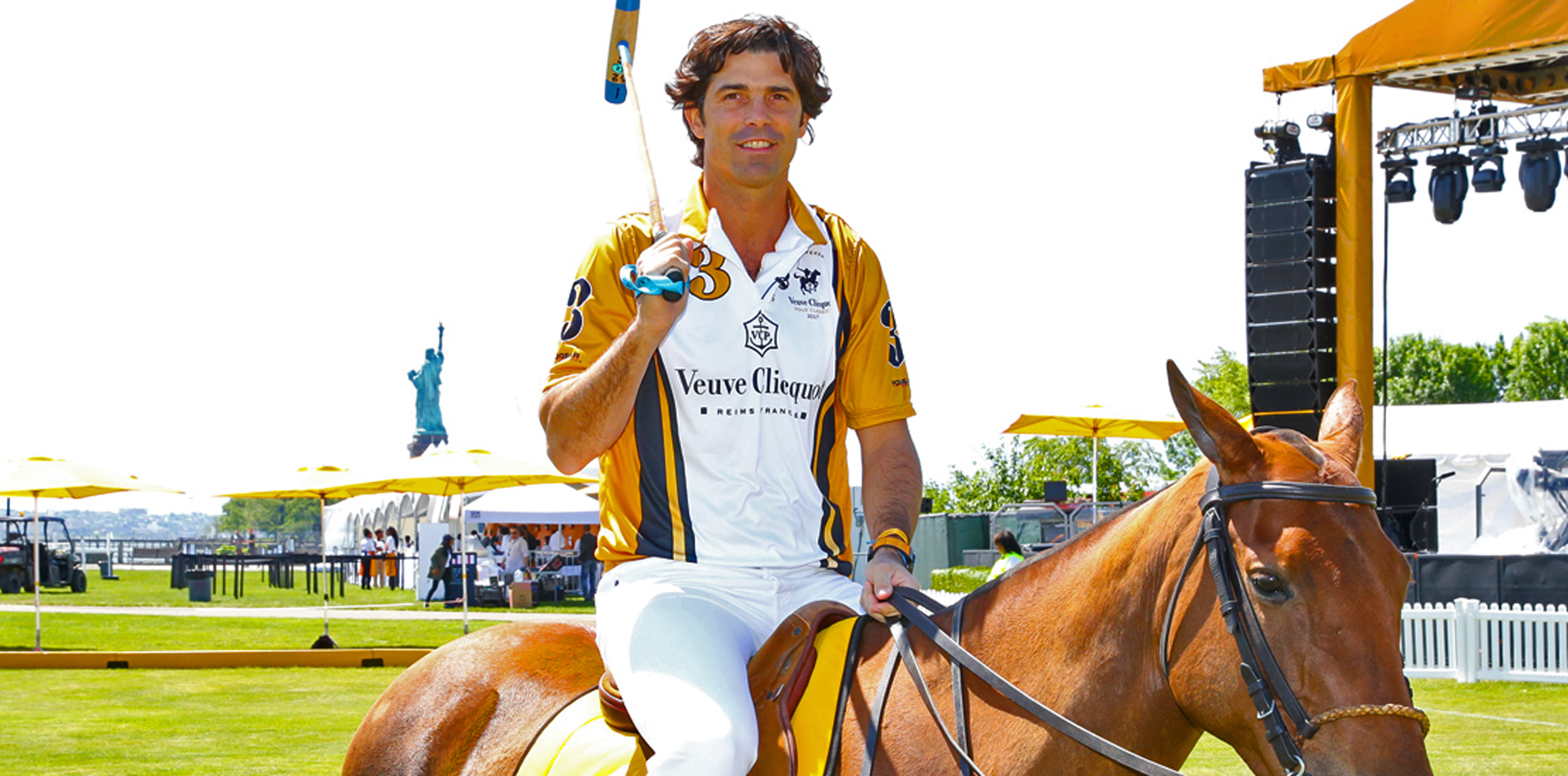
Prince Harry’s participation gave the event a huge boost, so when he was unable to return in 2011, the question was how to maintain the event’s momentum. Figueras credits partner Clicquot in elevating the experience. This was the year that the partners changed the model and began selling tickets. They continued to raise the bar, adding food and entertainment. Another big change was the move to Liberty Park on Governor’s Island, which offers a stunning view of New York City. As Nacho says, “There is no feeling like playing polo and looking up to see the Statue of Liberty and the New York skyline. It’s very powerful.”
This year’s polo classic was the best yet, with the event expanded to include a host of food trucks, Veuve Clicquot’s luxurious rose garden, a concert with Alicia Keys, and Neil Patrick Harris acting as host. For the first time, women also played in the match. “Veuve Clicquot owes its success to a woman, Madame Clicquot, and we wanted to honor her by including women in the event,” says Figueras. Female players included Melissa Ganzi, president of the Grand Champions Polo Club and Team Flexjet patron; Ashley Van Metre Busch of Altair Polo; Lia Salvo, Argentina’s top-ranked female player; and Nacho’s wife, Delfina Blaquier.
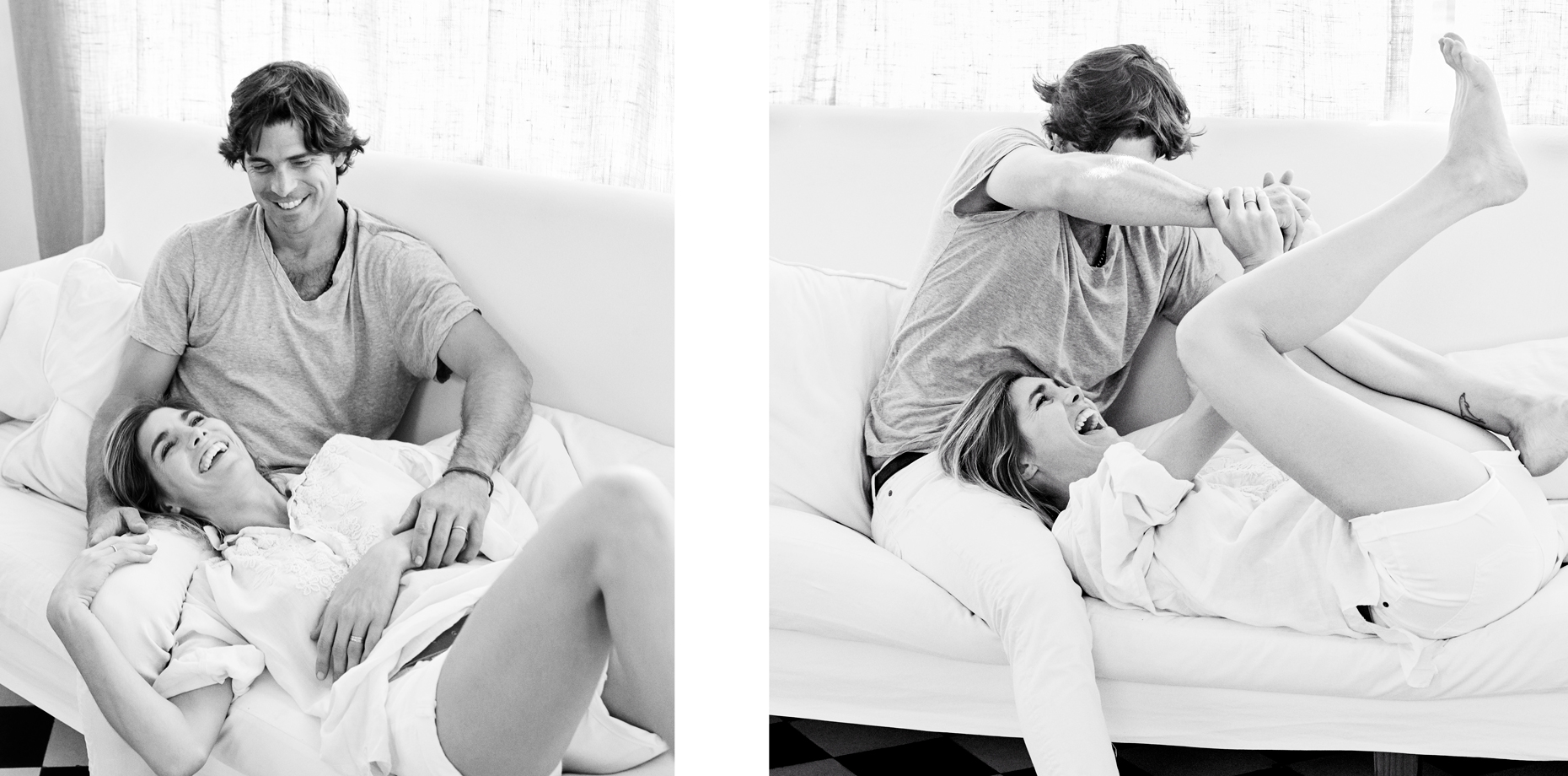
Polo is very much a family affair for the Figueras clan. Nacho and Delfina’s 17-year old son Hilario, who played against (and lost to) his parents at Liberty Park this June, recently turned professional. Aurora (12), Artemio (7), and Alba (4), are all horse lovers and riders, and both Aurora and Artemio play polo. As for Alba, she’s still too little to hold a mallet. But Nacho has plenty of reason for optimism on this front, saying, “When daddy is a polo player and you have a horse, there is a big chance that you will be a polo player too.”
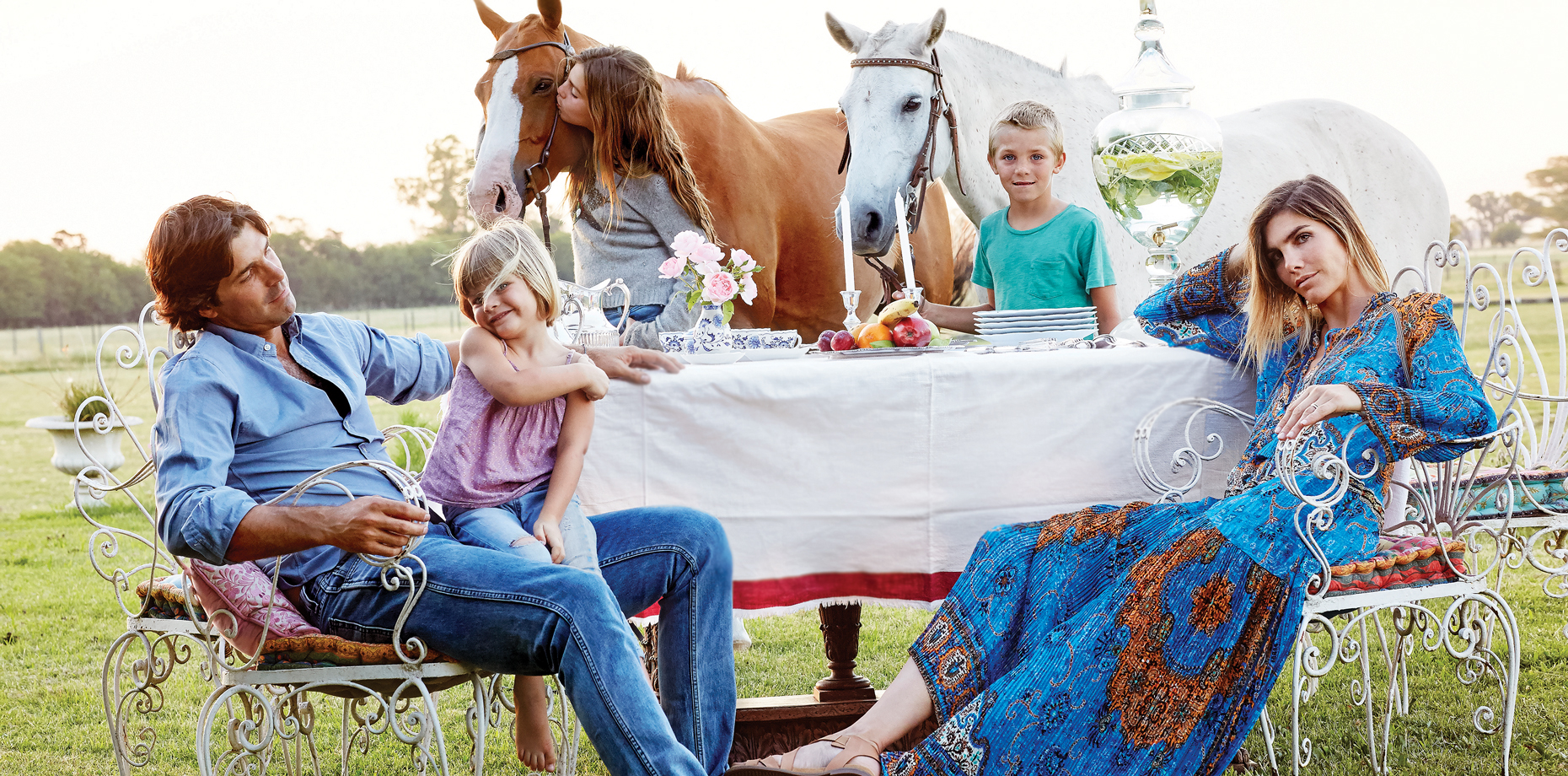
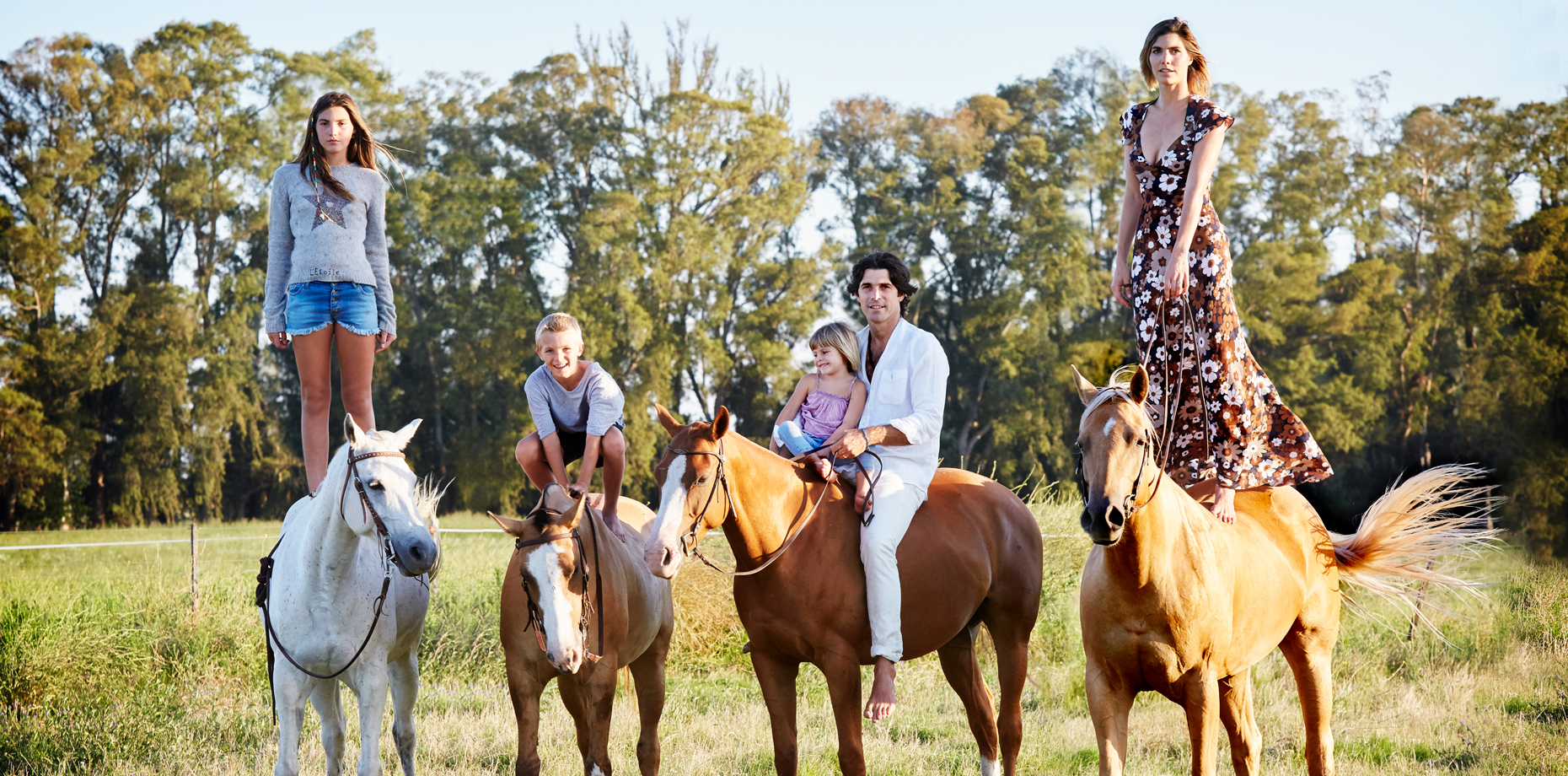
Anyone who follows Nacho Figueras on Facebook can join in the glamorous family’s adventures. The whole clan typically travels together, as Nacho’s family is his greatest love, and he is unwilling to spend long periods away from them. Indeed, I met not only the lovely and gracious Delfina in New York City, but Nacho’s very charming parents as well. It was clear that the apple didn’t fall far from the tree.
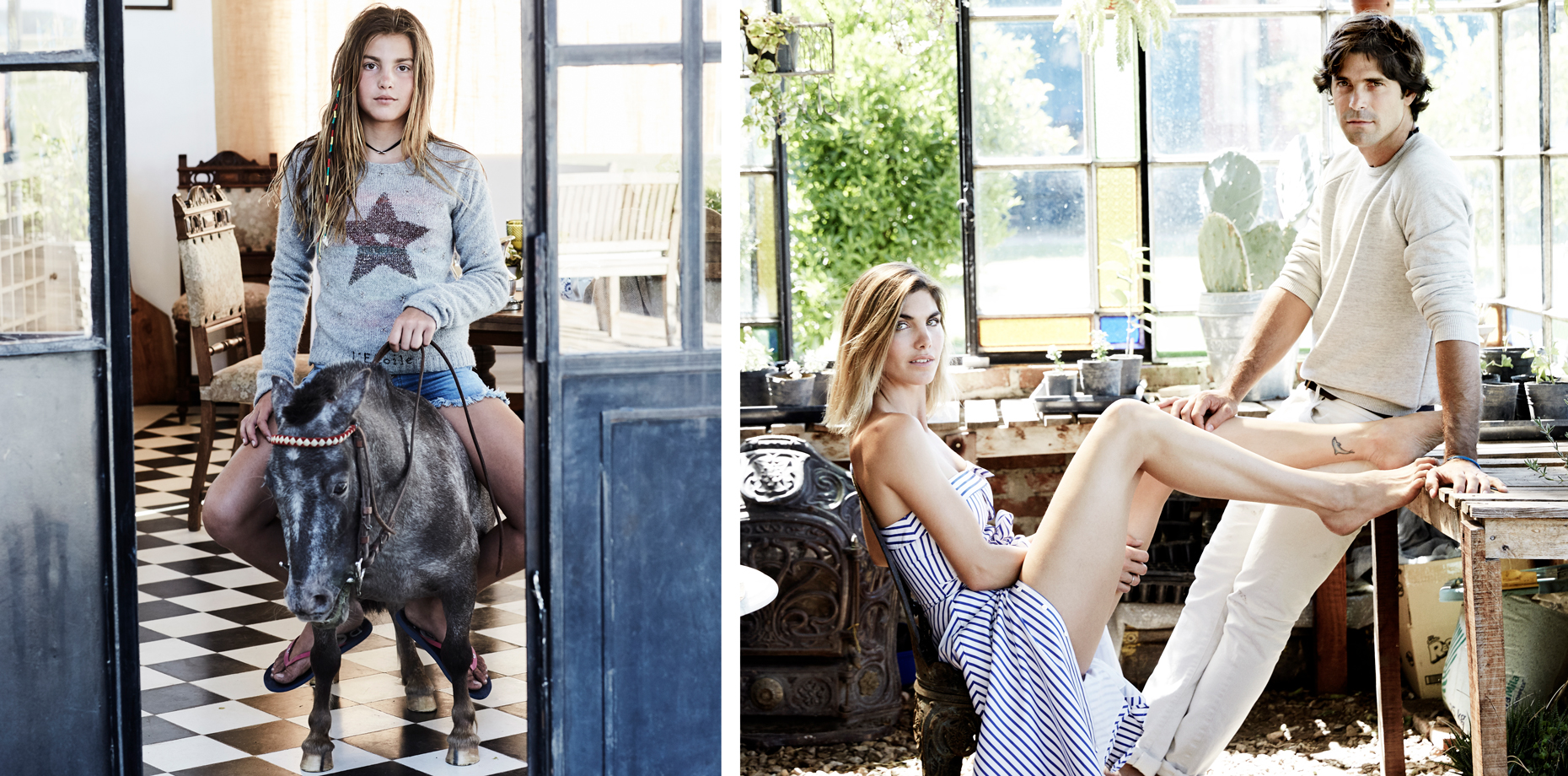
While the Figueras family (#wearefigueras) travels the globe, with regular stays including Aspen for snow polo, the Santa Ynez Valley, Monte Carlo, and the Hamptons, Nacho’s favorite place on earth is his home in Argentina, with his 250 horses. Actually, Figueras owns three farms: the breeding operation, the training farm, and his home base in General Rodriguez in the Buenos Aires region. It is there that he has built the remarkable, contemporary stable that adjoins the polo field at the El Yacare polo club.
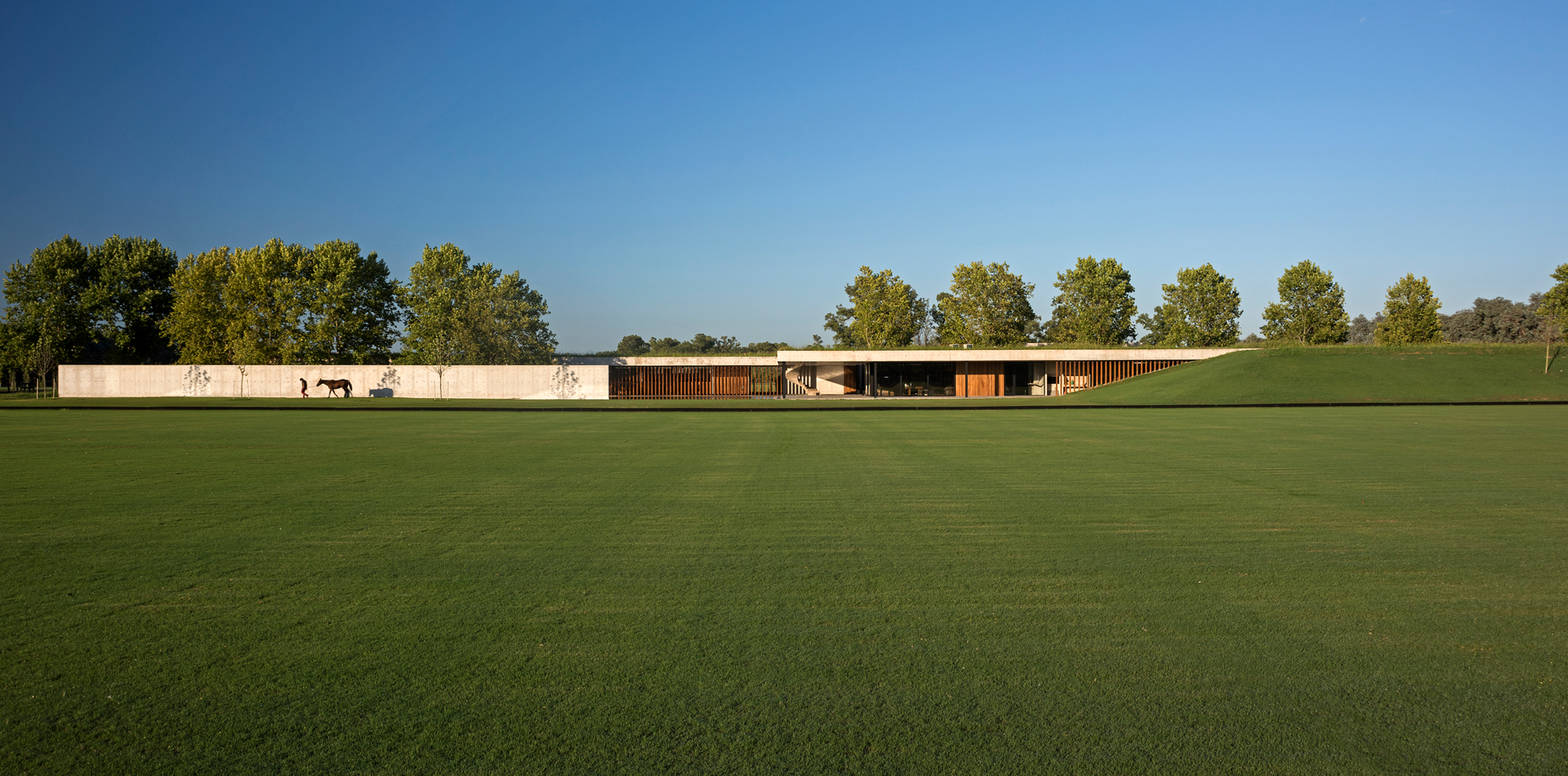
Says Nacho, “I’ve always loved architecture, and, had I not been a polo player, I would have been an architect. My whole idea of the stable is that we collect horses, like people collect paintings, or wine, or cars. I wanted to build a museum to showcase this collection.” To that end, Figueras teamed up with longtime friend Juan Ignacio Ramos and his son Ignacio, partners in the architectural firm Estudio Ramos.
Says the elder Ramos, “Nacho gave us a lot of freedom. The stable is really a sequence of beautiful spaces where you could put sculptures—or horses.” The stable was designed to be environmentally sustainable and blend seamlessly into the landscape of the Pampas. Importantly, the design was also created with the horses’ needs uppermost in mind. The 44 horses that live in the stable are Figueras’ top high-goal ponies, and they require a calm environment.
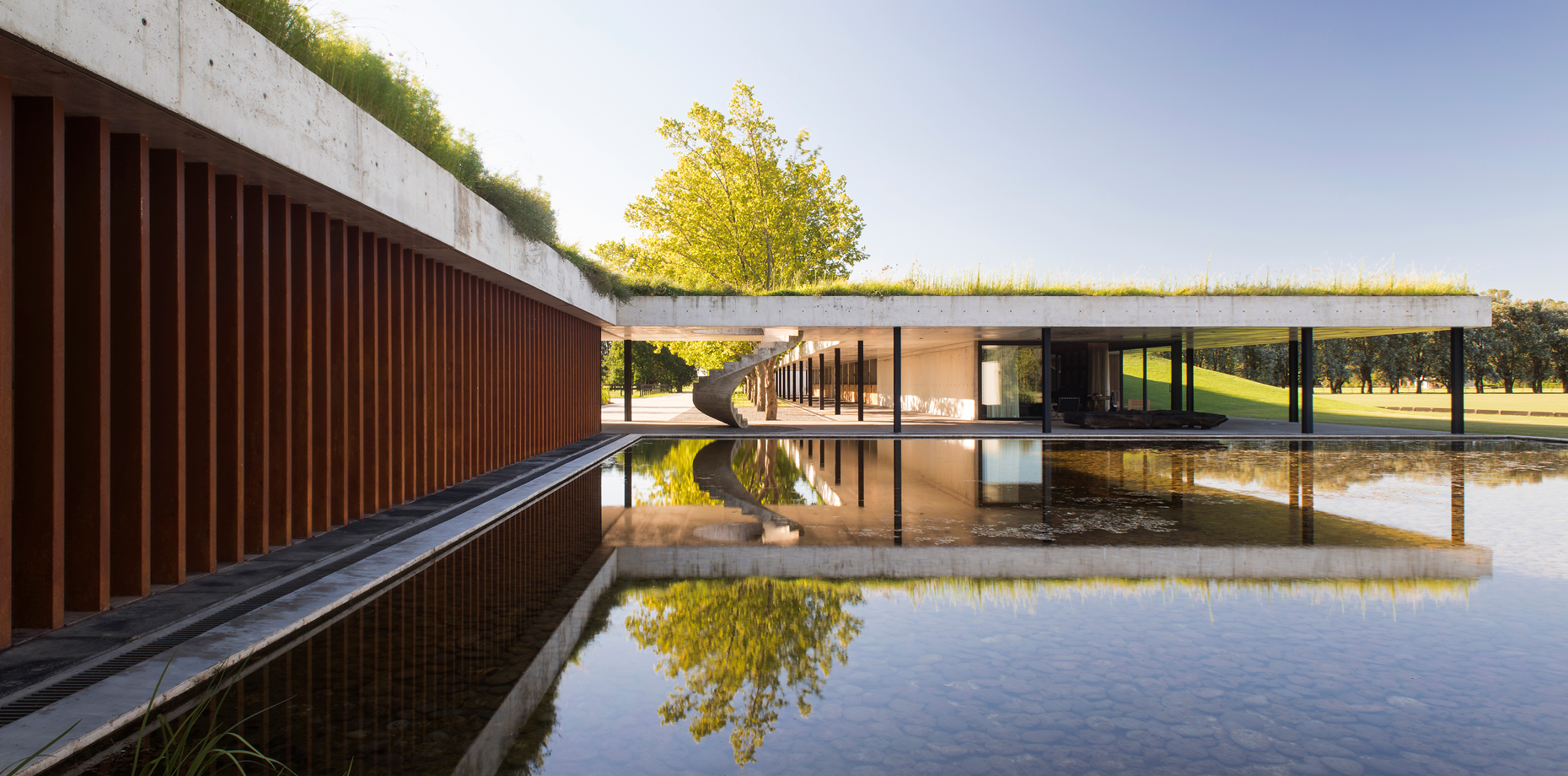

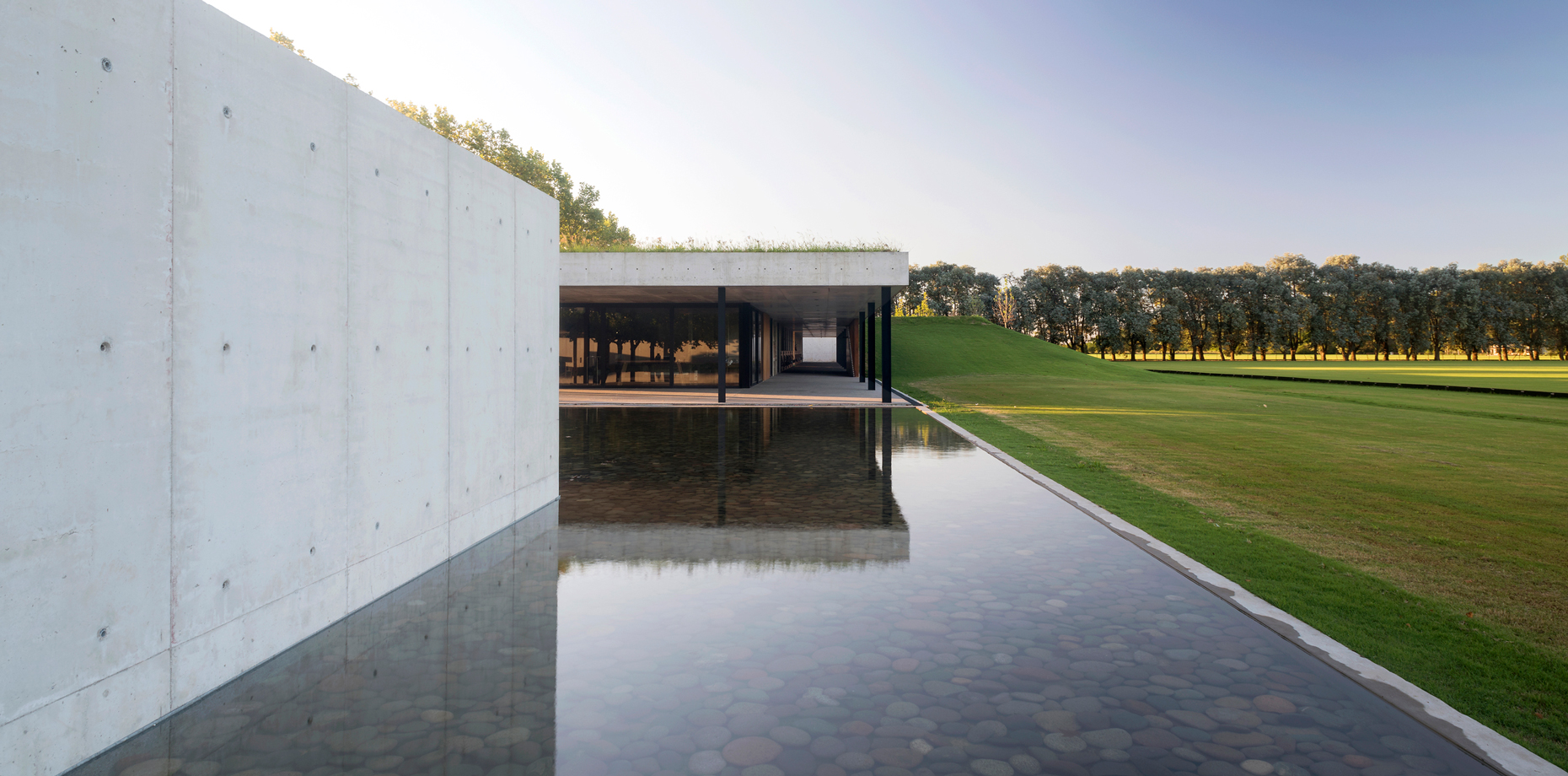
Although the stable is adjacent to the polo field, there are separating walls designed to ensure privacy. The social face of the stable looks onto the polo field and includes tack rooms and public areas. The working face includes the grooms’ quarters and stabling area, while the expanse between the two sides boasts a breathtaking spiral staircase that leads up to a covered patio and the green roof.
The stable was recently featured in Architectural Digest, and the design was presented at the Venice Architecture Biennale in 2016. Estudio Ramos also designed the family’s contemporary home, which exemplies the modern aesthetic Figueras favors. Both Nacho, who paints, and Delfina, a photographer, love artists like Jean-Michel Basquiat, Mark Rothko, Jackson Pollock, and Andy Warhol.
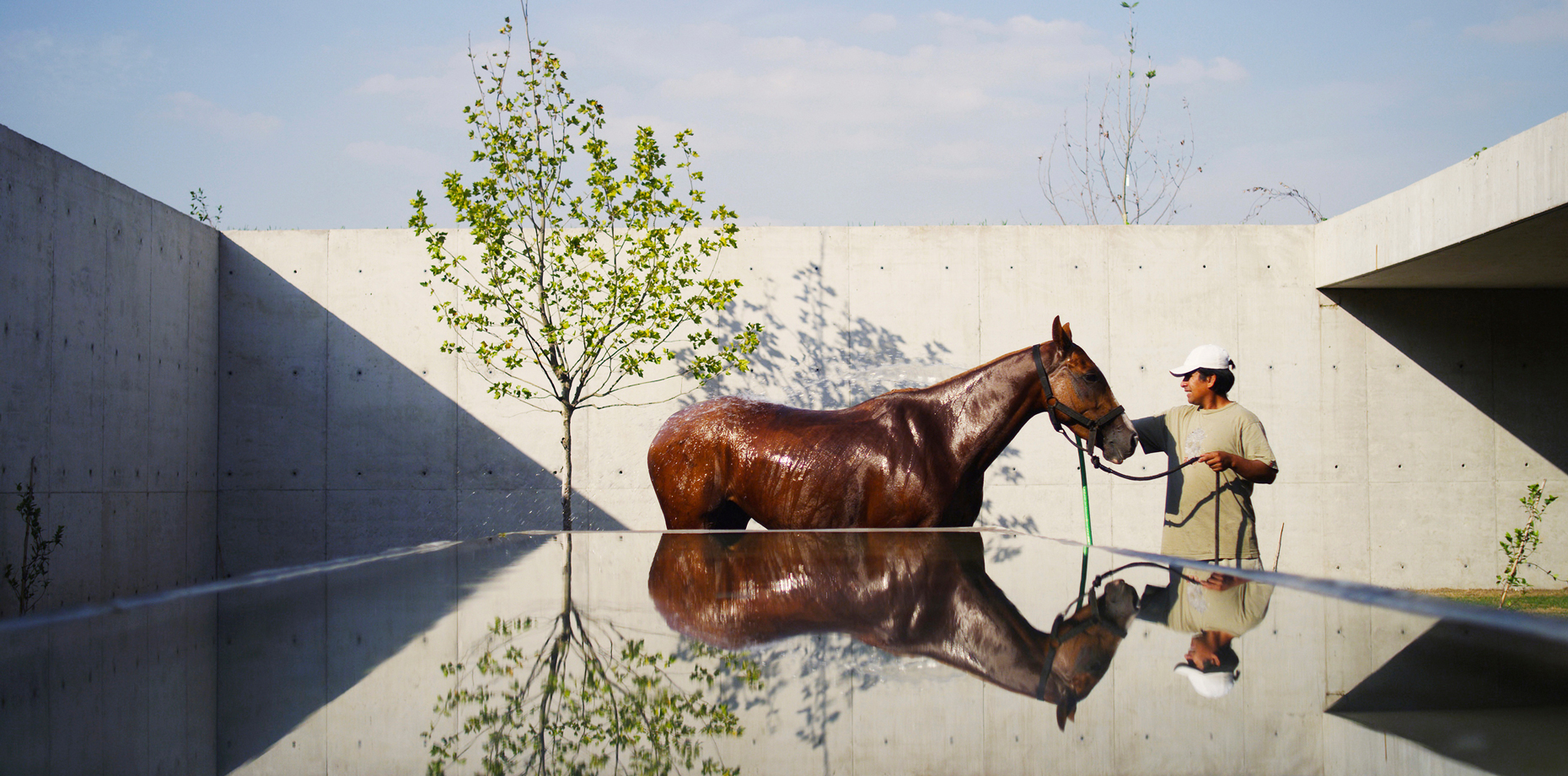
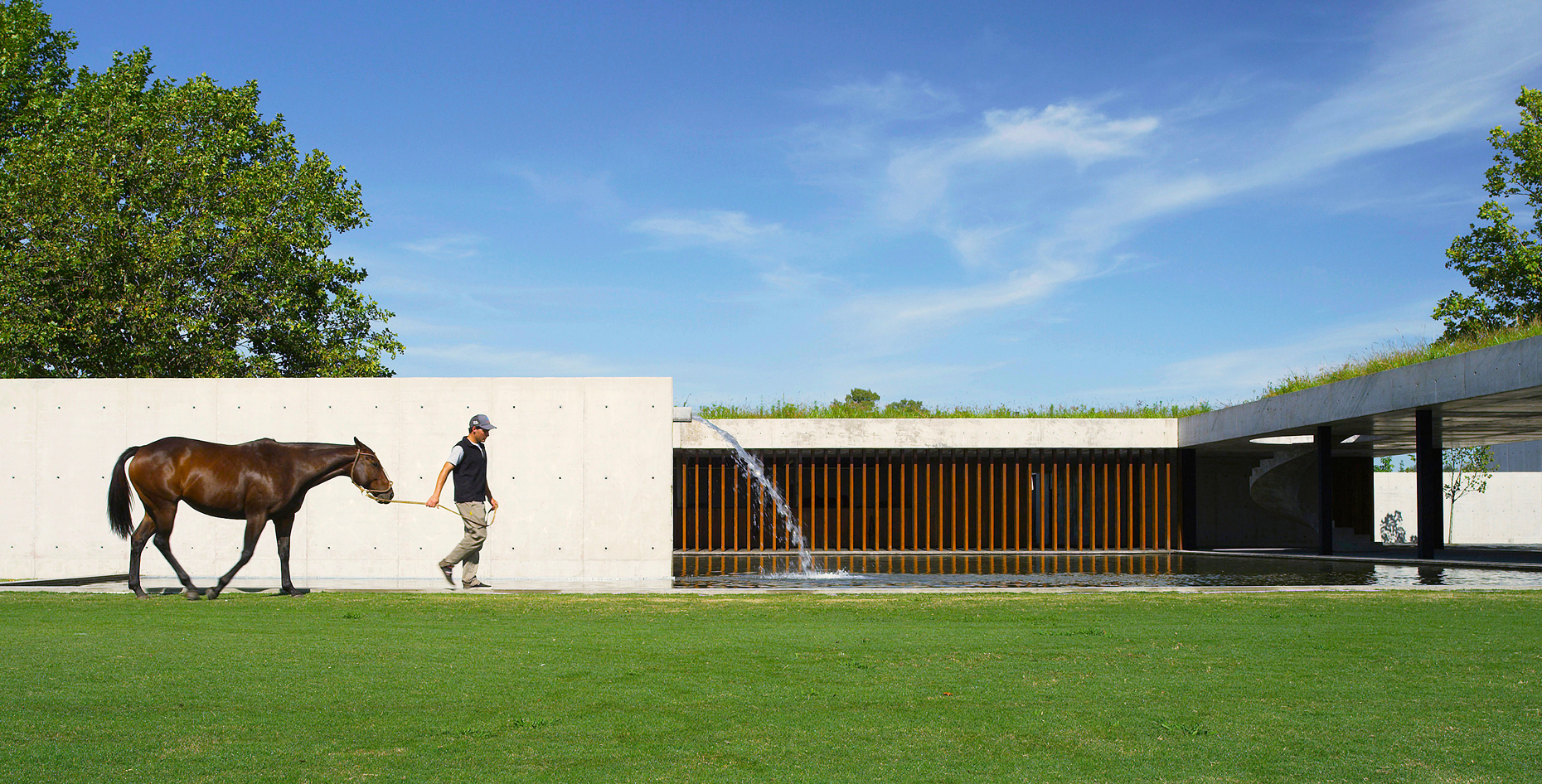
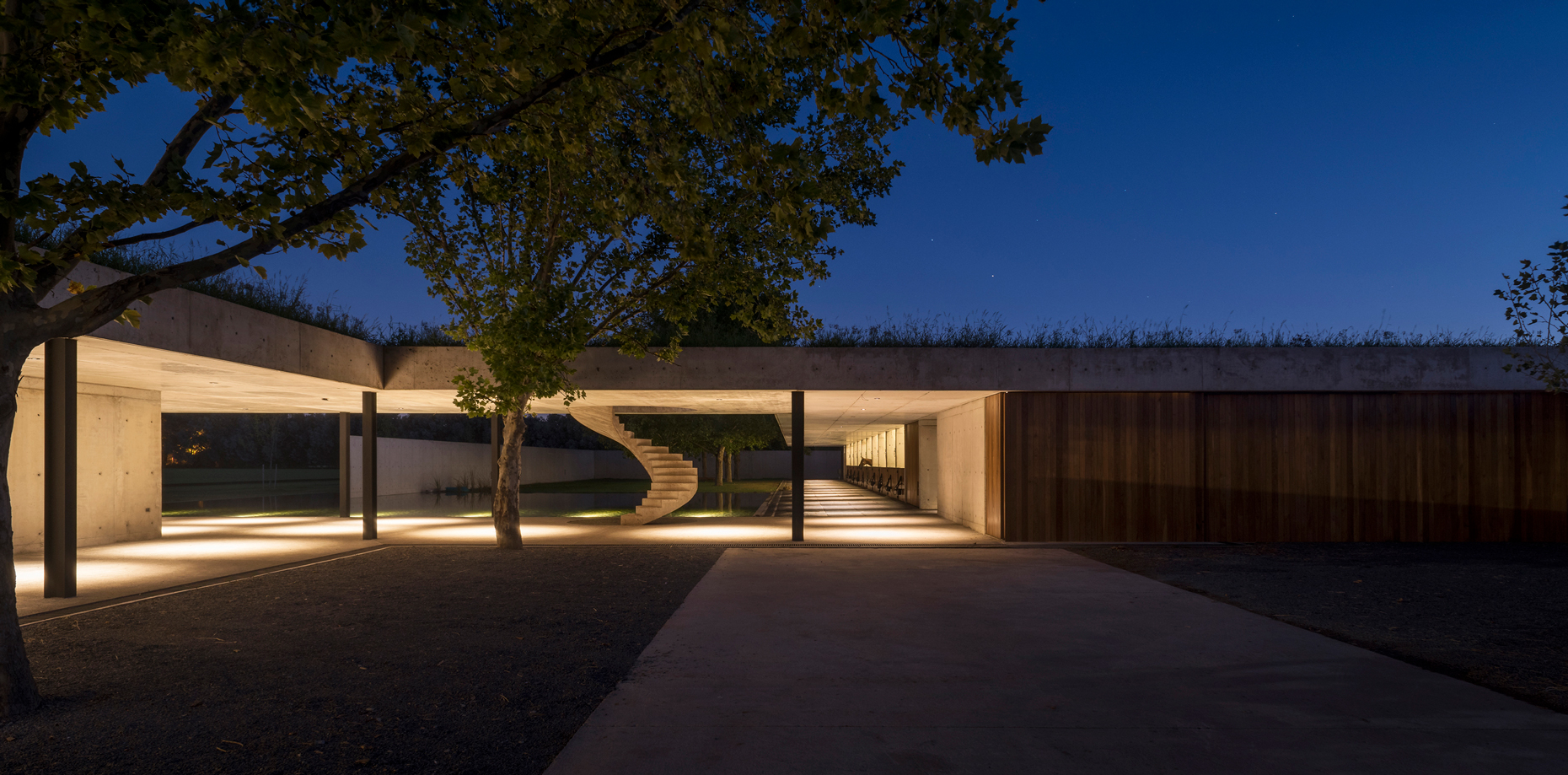
While their house may be filled with art and worthy of its own photo spread, the Figueras home is not a formal establishment by any means. As an avid Facebook follower, I was particularly intrigued by photos of one family member—a lamb named Bonnie, who, at least upon occasion, sleeps with one of the Figueras children. With a laugh, Delfina described the abandoned lamb as her fifth child. When I asked where Bonnie would live when she grows up, Delfina looked at me and raised a quizzical eyebrow. Clearly, the answer to my question would be obvious to even the dimmest intellect. “Why, with us, of course! When we go to town, she gets in the car and comes with us. We make her a pen in the house; we put down paper.”
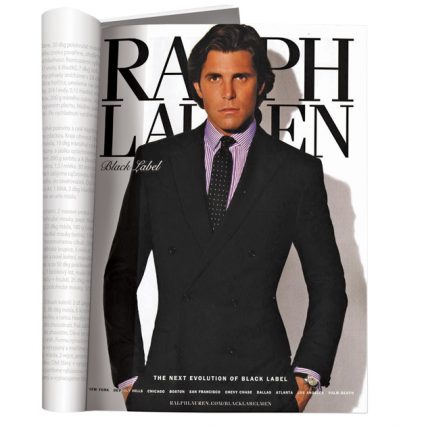
Nacho’s love for animals extends beyond horses and lambs. The family home also provided a haven for a rescued deer named Clyde, and someday Figueras dreams of creating a sanctuary for giraffes. “I don’t know,” he says. “I just love giraffes!”
In the autumn, Nacho Figueras will be able to return home to his horses and family to enjoy the Argentine polo season and play with longtime friends like Gonzalo and Facundo Pieres. He credits Gonzalo Pieres with helping him develop as a player. Figueras loves nothing more than being home in Argentina, playing on his own horses in his own field. He says, “I love polo, and playing horses you’ve bred is a special feeling. And when you play with your own son, it’s a whole new level of joy and thrill and adrenaline.”

